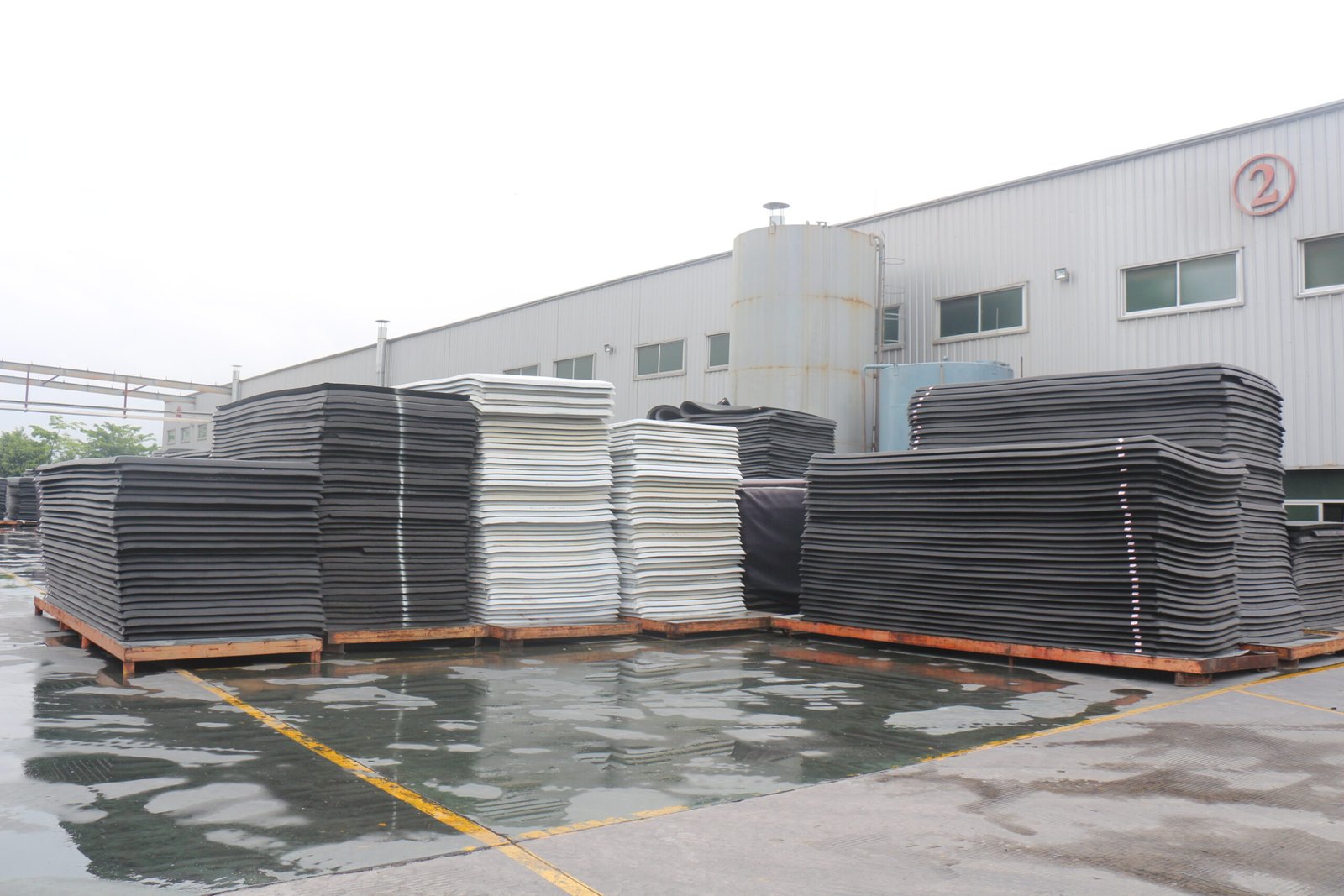Introduction to Neoprene Material
Neoprene, also known by its technical name polychloroprene, is a versatile synthetic rubber that has found widespread use across various industries due to its exceptional properties. Developed by DuPont scientists in 1930, neoprene was initially created as an oil-resistant substitute for natural rubber. Over the decades, advancements in its formulation have led to diverse applications, making it a staple in several sectors.
From a chemical standpoint, neoprene is derived from chloroprene monomers polymerized to form a robust and stable material. One of the most notable attributes of neoprene is its impressive resistance to a wide range of environmental factors. It withstands degradation more effectively than natural rubber when exposed to chemicals, oil, and extreme temperatures. This resilience makes neoprene a preferred choice for products that need to maintain integrity under harsh conditions.
Neoprene’s flexibility and elasticity are other significant factors contributing to its popularity. The material can stretch while maintaining its original shape, offering excellent performance in applications that demand both durability and flexibility. Additionally, neoprene’s insulating properties make it particularly suitable for use in thermal and electrical insulation, ensuring reliability in demanding environments.
Another key characteristic of neoprene is its water resistance, which is a critical requirement for marine and outdoor applications. The material’s ability to repel water while maintaining its structural strength makes it ideal for products like wetsuits, diving gear, and waterproof seals. Furthermore, neoprene is known for its shock absorption capabilities, making it a valuable component in protective gear and cushioning applications.
Neoprene has thus earned its place as a favored material in various industries, including automotive, healthcare, sports, and consumer goods. Its versatility and robust properties have paved the way for an array of innovative products designed to meet specific needs. As we delve further into the different neoprene-based products, it becomes clear why this material continues to be indispensable in modern manufacturing.
Neoprene, a synthetic rubber known for its durability and flexibility, has found its way into a myriad of products across various sectors. One of the most prominent uses of neoprene is in the production of wetsuits. Neoprene’s exceptional water resistance and insulating properties make it an ideal material for these suits, keeping divers and surfers warm in cold waters. The material’s ability to retain body heat while providing buoyancy and flexibility is unmatched, making it a staple in the aquatic sports industry.
Another popular product crafted from neoprene is the laptop sleeve. The cushioning ability of neoprene offers excellent protection against bumps and scratches, ensuring that electronic devices remain safe during transport. Its lightweight and durable nature also contribute to the practicality and appeal of neoprene laptop sleeves, making them a popular choice among professionals and students alike.
In the healthcare sector, neoprene is extensively used in orthopedic braces. The material’s flexibility and support help in providing stability to injured joints and muscles, aiding in the recovery process. Neoprene braces are commonly used for knee, ankle, and wrist support, offering both compression and warmth, which can alleviate pain and promote healing. The breathable nature of neoprene also ensures that these braces remain comfortable during extended wear.
The automotive industry also benefits from neoprene’s unique properties. Neoprene is used in the manufacturing of various automotive parts such as gaskets, hoses, and seals. Its resistance to oils, chemicals, and extreme temperatures makes it a reliable choice for these critical components. The durability and longevity of neoprene products help in maintaining the efficiency and safety of vehicles.
In everyday life, neoprene’s versatility is evident in items like protective cases for gadgets, gym accessories, and even fashion items. For instance, neoprene phone cases provide shock absorption and water resistance, while neoprene gym gloves offer a secure grip and protection during workouts. The material’s adaptability and resilience make it an invaluable resource across numerous applications, showcasing the remarkable versatility of neoprene products.

